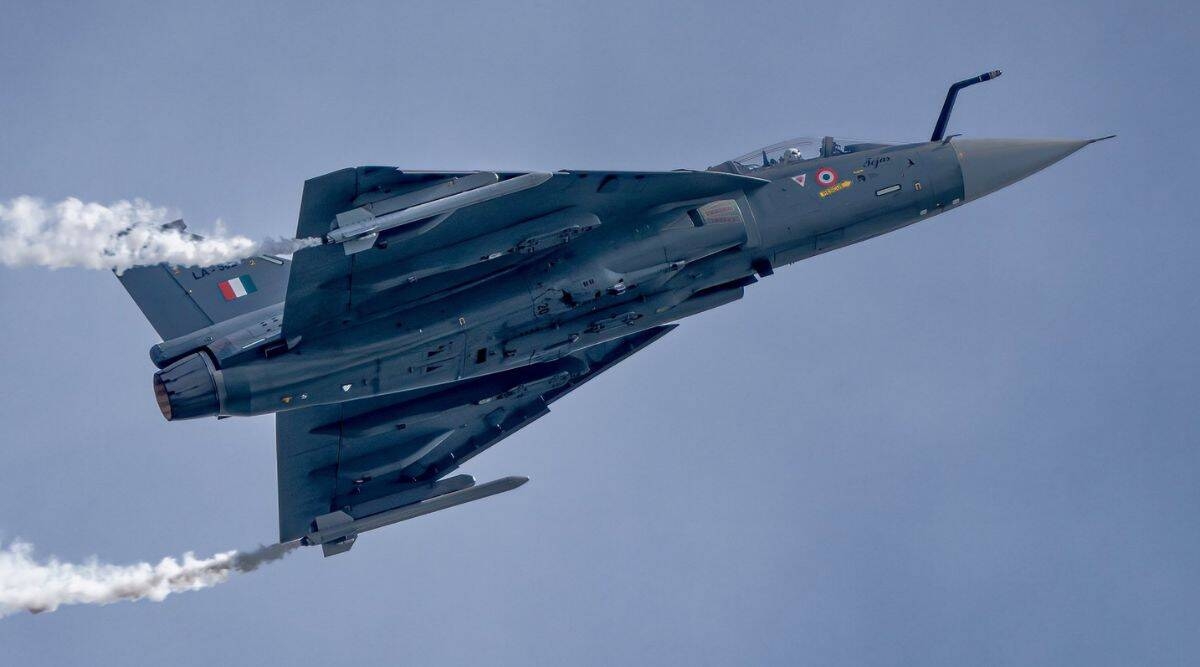
India's commitment to developing an indigenous defence industry is reinforced by Hindustan Aeronautics Limited's (HAL) continued development of the Software Defined Radio 1 (SDR-1) for the Tejas MkII fighter program.
This push for domestic technology comes despite the successful use of Israel's Elta-supplied B-NET SDR in the Tejas Mk1A's recent maiden flight.
Why SDRs Matter
Software Defined Radios (SDRs) are a critical component of modern military aircraft. They provide flexible, multi-channel communication capabilities, adapting across various frequencies and waveforms.SDRs streamline operations by replacing numerous specialized radios with a single, versatile system.
HAL's SDR-1: A Domestic Solution
HAL's SDR-1, now in the testing phase, is designed to power the communications backbone of India's next-generation Tejas MkII fighter.Alongside the SDR-1, HAL is also developing the SDR-2 for supplementary VHF and SATCOM needs, aiming for a comprehensive, indigenously-produced communication suite.
Key Features of the SDR-1
- Flexibility: The SDR-1 operates in V/UHF and L-bands, supporting traditional AM/FM waveforms along with advanced Frequency Hopping (FH) voice and Dynamic Time Division Multiple Access (D-TDMA) networking.
- Interoperability: Interfaces like MIL-STD-1553B, Ethernet, and RS-232/422 ensure seamless integration with the fighter's other systems.
- Efficient Design: A compact ½ ATR form factor and horizontal mounting maximize space. Built-in power amplifiers and a DC fan cooling system reduce complexity.
- Usability: Intuitive Graphical User Interfaces (GUIs) simplify mode selection and waveform loading.
- Adaptability: HAL designed the SDR-1 with growth in mind. It can potentially support additional waveforms and new frequency bands in the future.
Strategic Importance
HAL's focus on the SDR-1 underscores a broader emphasis on self-reliance in the Indian defence industry. Developing domestic SDR capabilities has several advantages:- Reduced Dependence: Less reliance on foreign imports strengthens strategic autonomy.
- Tailored Solutions: Indigenous development enables customization to fit the Indian Air Force's specific operational requirements.
- Technology Growth: Investing in in-house R&D fosters a knowledge base and benefits the broader Indian technology sector.
- Security: Domestically-sourced radios reduce risks of potential backdoors or supply chain disruptions in times of crisis.
Challenges and Outlook
Developing an advanced SDR is complex. HAL must overcome technical hurdles and address any performance gaps when compared to mature foreign solutions like the B-NET.However, successful development of the SDR-1 would mark a significant milestone for India's defence manufacturing sector and lay the foundation for future communication technologies.
